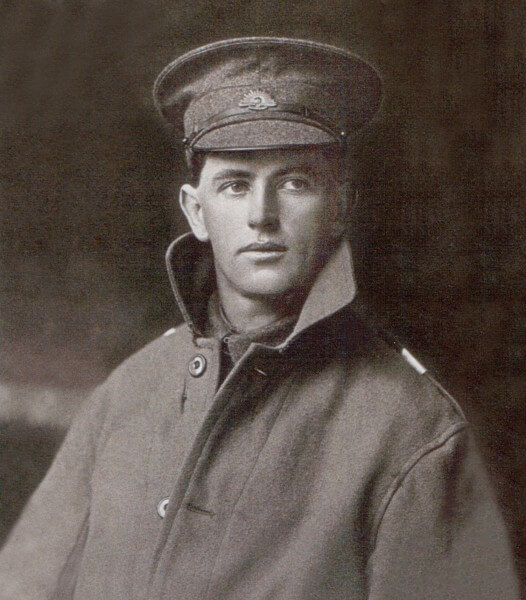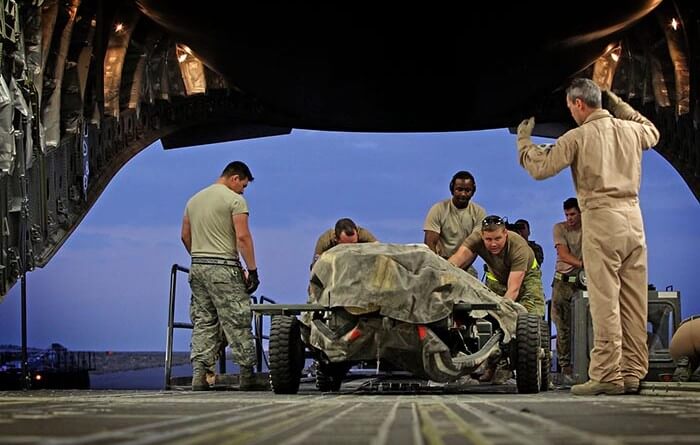
THEY BURIED HIM IN FLANDERS FIELDS
Before the war John James Swadling, son of Alfred and Gunella Swadling, was employed as a Draper for Scotts Ltd, Newcastle for three years. He had recently become engaged and had no wish to fight.
However, family anecdotes claim he was sent a "white feather" indicating cowardice, so he enlisted into the AIF at Cardiff, NSW on 10 July 1916 as part of the 9th Training Battalion.
He was a handsome, well-styled man, with dark hair and blue-grey eyes. According to the AIF enlistment papers he measured 5’9½ tall and weighed 140lbs.
John was part of the troops sent to England on the HMAT Borda, arriving on 21 January 1917. After a short stay in the moth country he proceeded to France from Folkestone on 28th March 1917 and marched out to his unit at the 3rd Australian Division Base Depot in Etaples. By 5 April 1917 he had joined the 36th Battalion.
Shortly after 1100 on 6 June 1917, the eight attack-battalions of the 3rd Australian Division left their camps and billets between Romarin and Pont de Nieppe to move to Ploegsteert Wood, Messines and through it to the front. Soon the sound of exploding gas-shells gave way to the steady heavy drops of shells forcing them to don their gas masks.
The Germans shelled the wood more heavily, using 13,000 high-explosive and incendiary shells as well as 620 huge gas-bombs - one exploded a dump near the track of John’s column close under Hill 63. Finally around 0200 the men made it through the Wood. At least 500 men had either been gassed or temporarily lost their direction.
John’s unit was part of a support line bending back across the old No Man’s Land. A large gun situated a mile and a half away from the flank, began firing only single shots, continuing steadily day and night. It was responsible for more than half the casualties on that flank.
John was treated by the 9th Australian Field Ambulance on 8 June 1917 suffering shell shock and was released from hospital one week later. After his release, on 14 June 1917, he was appointed Lance Corporal and made Temporary Corporal in the field.
At about 2200 on 3 July 1917 while in the trenches at Messines, John and some of his unit went on a scouting mission as usual. John was walking on the top edge of the trench to avoid some broken duckboards when a German shell exploded.
Shrapnel hit him in the stomach and he was severely injured. He was treated by the 11th Field Ambulance but died in excruciating pain before reaching the dressing station. He was the only Australian member of the Swadling killed in the Great War.
He was buried in the Anzac Section, 3rd Echelon, GHQ BEF on 4 October 1917. A pension of 14/- per fortnight was granted to his mother. Not much for such a sacrifice but then nothing could ever replace a lost son.
By Robyn McNamara













